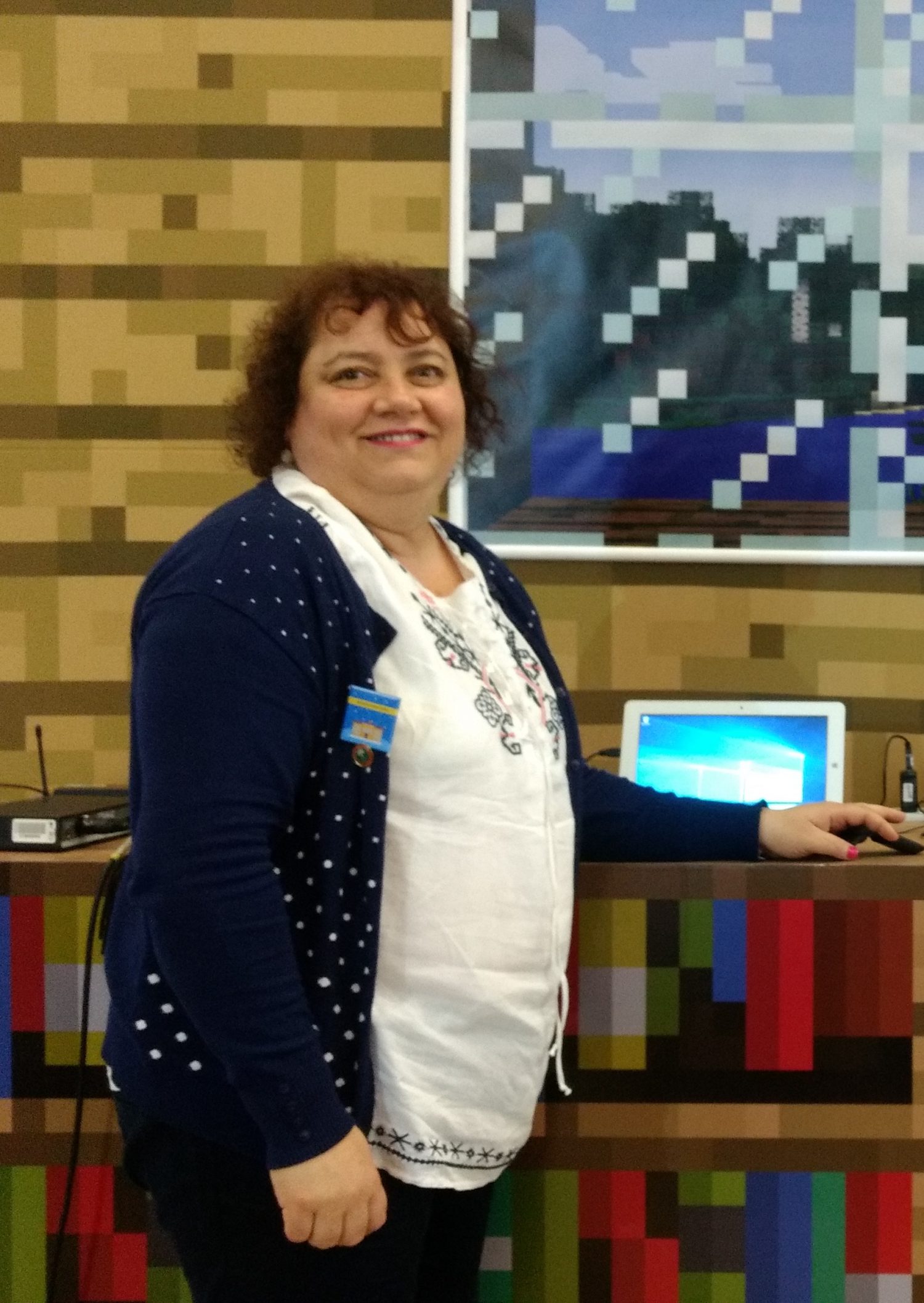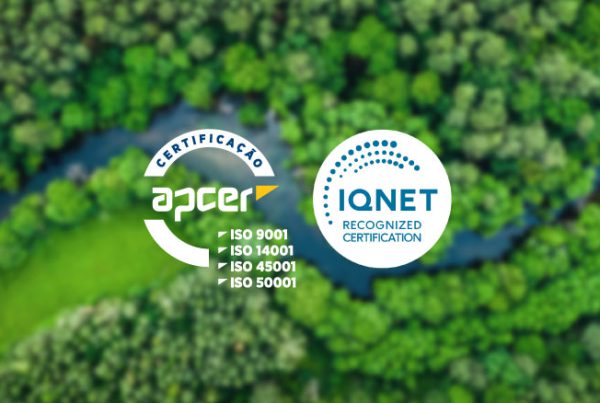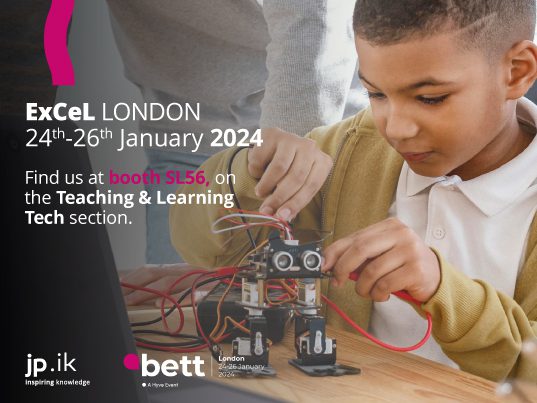
Profile
Graciela Bertancud is the founder of the School 113-PS Tomás Alva Edison that provides Initial, Primary and Secondary Level, enrolling 862 students. She is also the President of the Tomás Alva Edison Foundation.
In 2005, Graciela reached the 1st place in the Educational Quality Award, granted by the Ministry of Education of the Argentine Nation and Intel and in 2008, she reached 1st place in the category Between Peers at the I Latin American Forum for Innovative Teachers organized by Microsoft.
Today it is unavoidable how technology revolutionized the different dimensions of our life, including education. When did you realize that the integration of technology in education is as effective as urgent?
Was around 2004 following a UNESCO document about the digital literacy. This document observed that the technological penetration we had at that time did not allow us to reach the proposed standards for 2010, so we decided to implement, almost in conjunction with the Negroponte proposal, the one-to-one model (a computer for each student). This model began to be implemented in 2005 and we are one of the first most innovative schools in the region.
We started with a course in 2005 with 20 computers. Today we have 400 notebooks connected on a daily basis to the Internet, plus 30 teachers’ computers that are running almost all day in cross- curricular activities.
For us we realized that our students were ready to program when they started to develop games with PowerPoint, then we realized that they were already needing other tools to be able to develop values and competences. It was then that we introduced Scratch and the robot part with the students.
How did the collaboration with Microsoft started and what are its most relevant contributions for the development of education and academic performance and preparation for the future of students?
Well, from the beginning, Microsoft has been interested in the proposal. Microsoft Argentina visited us once a month or once every two months to help us in the implementation of the one-to-one model and at that time, it facilitated everything that was licenses and everything that required work with the devices.
Mariana Maggio, one of the people who coordinates Microsoft Education area in Argentina, contribute and guide us towards to what we wanted to carry out. This allowed us to realize how to transform traditional education into a digital education. In addition, by the work done by teachers and convocations made by Microsoft in relation to this and the innovative teachers generating spaces for meeting and collaboration, we grew in such a way that we got recognition and spaces where we met with others who think the same and who are making their attempt and how we could make
a positive synergy to carry out all the digital literacy. Therefore, Microsoft has a lot to do with the development of the whole process of digital literacy, training and the transformation of education. Today we are also a Flagship School, which is a symbol of change – a new generation of schools.
We are building an infrastructure that aims responding to the needs in the educational scenary with workshops, modular classrooms to generate in the children a teaching and learning process more in accordance with what they are going to play in the world of work, such as collaborative work, empathy, but also science, art, technology, engineering, mathematics. In this context, Microsoft has always provided us with this possibility to work with others and learn from others.
Regarding what is being done in education towards the achievement the of Sustainable Development Goal number 4 – Quality Education – and based on your experience and knowledge, what should be the next steps to achieve effectively a quality by 2030?
This is a very broad and complex matter. The truth is that, in principle, we always propose to listen to the students regarding their needs. This seems to me to be essential when it comes to offer an educational transformation. We have been working with our students – the improvement of educational quality is that they feel committed to what they are doing.
The curricular program has to transcend the classroom and the school. When the student feels that is part of a community, the student will feel committed to learning and that become a prepared, critical, willing to participate and with the intention of improving the quality of life of the human being.
In this sense, it seems to me that the school has to start articulating with other organisms within society – hospitals, universities, retirement centres – and has to start to see what the needs of its context are in order to improve.
In fact, we have totally eco-friendly buildings. Our students are the ones who administer the solar energy from which we supply 70% of the building; they are also the ones who control the recovery of water for the irrigation of the gardens and, at some point, they are also controlling the temperature and the conditions of the building in relation to energy care.
I believe the student must be part of the entire ecosystem and must be part of it from minute zero – from the administration of the building to the proposals and solutions that we need to give to the school environment – this will vary depending on the country and the region in which it is located.
It seems to me that a quality education implies that the student has to do and participate in that; has to share and socialize.



